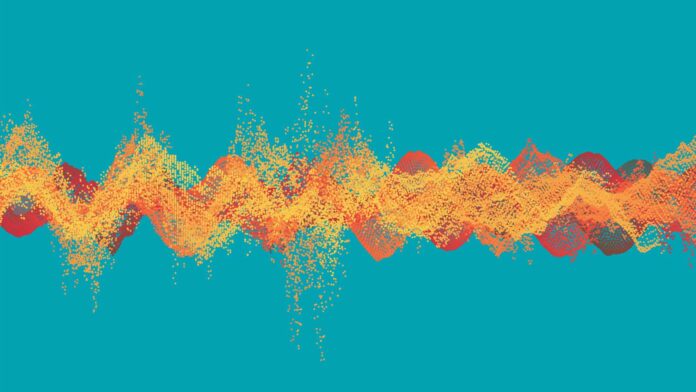Introduction to 3D Printing with Sound Waves
In 1883, the violent eruption of the Krakatoa volcano in Indonesia generated the most deafening sound ever recorded, reaching 310 dB and being heard three thousand miles away. This highlights the immense power of sound waves. Today, numerous technological and scientific breakthroughs harness this potential more benignly, with applications in medicine, cleaning, or underwater echolocation. Recently, a new application has been added to this list: 3D printing with sonic waves.
How 3D Printing with Sound Waves Works
The developers of this new 3D printing technique have published their results in the journal Nature, detailing how ultrasound, previously used in destructive applications like removing tumor tissue, can be used for creative purposes. This method involves using ultrasound at a specific wavelength to generate chemically reactive zones in a liquid polymer solution. The sonic waves produce extreme pressure changes in microscopic air bubbles, whose temperature rises to about fifteen thousand degrees kelvin for a few picoseconds.
The Process Explained
The raw material used is a PDMS polymer commonly used in additive printing. However, thanks to the ultrasonic field, which can be modulated depending on the liquid’s viscosity and the wavelength type, the 3D printing process can be carried out point by point, similar to pixels in an image. This technology has already been tested with polymers and ceramic materials and has potential applications in the aeronautics industry, sensor manufacturing, and even printing implants inside the human body.
A Leap Forward in 3D Printing with Light and Nanomaterials
3D printing with light and resins is another technique that has seen significant progress. Researchers at Stanford University have used a blue laser beam to solidify a gel-like resin. To enable selective solidification, they employed nanomaterials spread across the resin and a red laser beam. These nanomaterials are tiny droplets with a protective silica coating, which was a challenge to develop. When the red laser beam encounters these nanomaterials, low-energy red photons are converted into high-energy blue photons, solidifying the resin and achieving volumetric printing.
Applications and Future Developments
This technique, though currently slow, holds promise for speeding up the process and improving print resolution by printing multiple dots simultaneously. The nanocapsules developed could also be used in solar panels to convert low-intensity light into usable wavelengths for photovoltaic cells. The future of 3D printing looks promising, with potential applications in biomedicine, the construction sector with new biomaterials, and possibly reaching large-scale industrial applications soon through wave 3D printing or new metal alloys.
Conclusion
The advancements in 3D printing technologies, whether through sound waves or light, are opening up new possibilities for creation and manufacturing. These innovations, from the precision of sonic waves to the efficiency of volumetric printing with nanomaterials, are not only expanding the capabilities of 3D printing but are also bringing it closer to widespread industrial and commercial use. As research continues, we can expect to see even more groundbreaking applications of 3D printing technology in various sectors, transforming the way we design, produce, and innovate.

